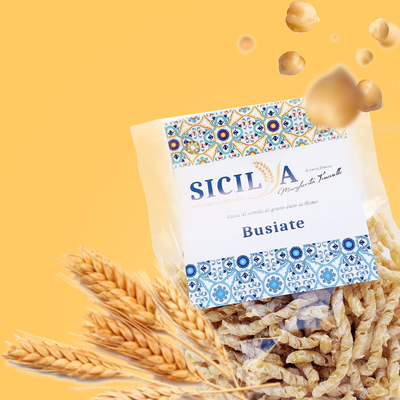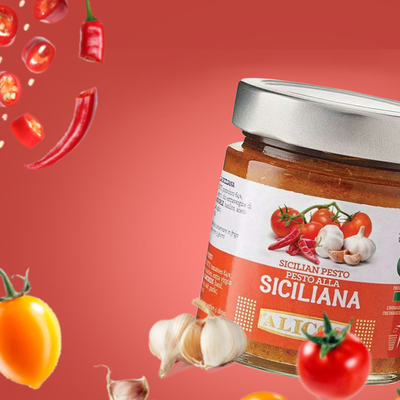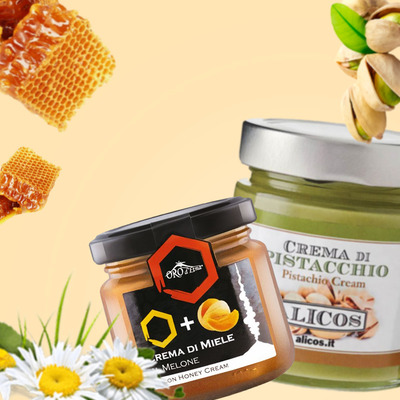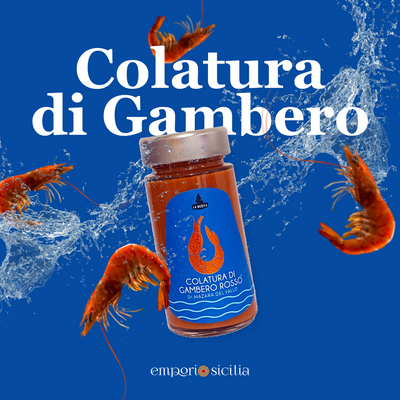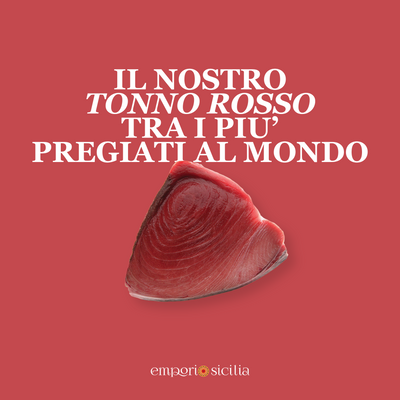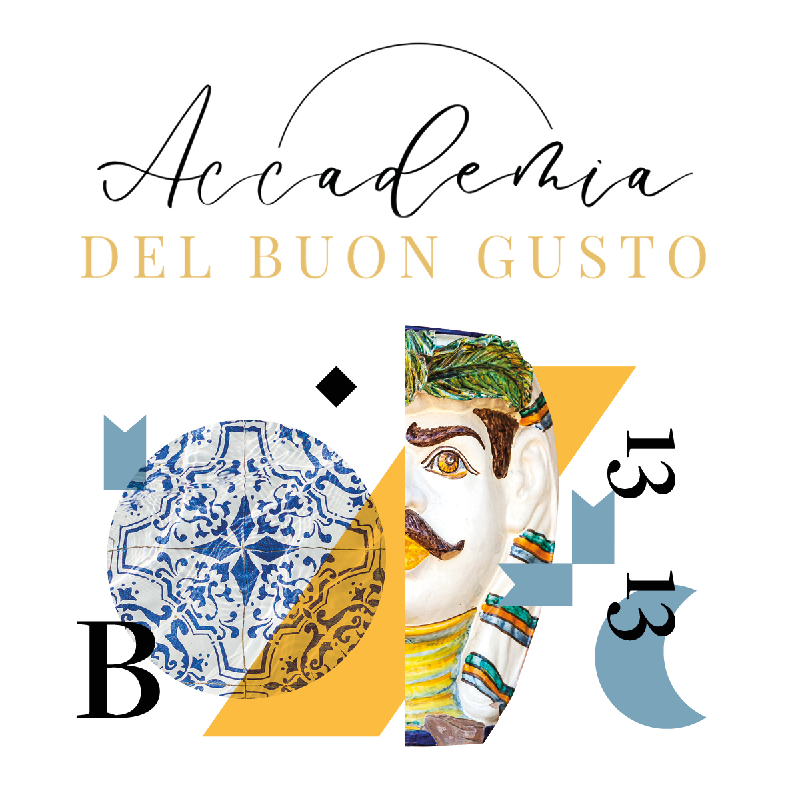Black rocks of lava stone that plunge straight into the blue seabed, rock landscapes, sunsets that take your breath away, the smell of the wind mixed with the scent of vegetation: this and more is Pantelleria. A black pearl immersed like a garden in the Mediterranean.
A land capable of surprising us with its strong contrasts of cobalt blue waters, lunar plains and sinuous white roofs. Everything is unique, even the flavours: that of the fragrant caper and the unmistakable taste of its wine: zibibbo.
A wine also appreciated by the gods if an ancient legend tells that the Punic goddess Tanit, on the advice of Venus, pretended to be the cupbearer of Olympus and replaced the ambrosia of the gods with the must of the sweet grapes of Pantelleria to conquer Apollo.
The word zibibbo, from the Arabic "zabib" or "raisins", identifies both the vine and the wine obtained with its sweet grapes.
The vine has a very ancient history: originally from Egypt, it was spread throughout the Mediterranean area by the Romans, the Phoenicians, expert navigators and skilled merchants, planted it on Pantelleria and subsequently the Arabs introduced the cultivation system on terraces; since then the zibibbo has established itself, in this strip of land, as the protagonist of wine cultivation. We can say that Zibibbo is Pantelleria par excellence!
On 24 November 2014, the agricultural practice of the Zibibbo sapling vine was considered an intangible and cultural asset and included by UNESCO in the prestigious List of World Heritage Sites. A prestigious recognition for Pantelleria and for Italy.
For the first time a cultivation custom, due to its characteristics, has been recognized as a cultivation model to be safeguarded and promoted for its historical, cultural and identity value.
Zibibbo is also produced in other countries with the more modern "spur cordon" technique. The farmer from Pantelleria, however, according to a tradition handed down from father to son, continues to respect the knowledge and secrets contained in the ancient use of the sapling vine.
A practice, unique in its kind, tiring but so creative that agriculture and landscape live in extraordinary symbiosis.
The island is the upper part of an ancient volcano with a difficult and even hostile rural environment that the farmer has always been able to tame wisely. A land accustomed to heroic agriculture that has never considered a nature that is too wild and disruptive an obstacle.
Man has been able to wrest fertile land from the rock. He built terraces on impervious terrain, erected shelters with dry stone walls to defend the plants from the constant wind, he raised the zibibbo by sheltering it in small basins in the ground, obtaining a grape with juicy and golden berries capable of offering unique and precious wines such as Passito and Moscato, with intense flavors and aromas.
The work of the farmer from Pantelleria, entirely manual and creative, has allowed the landscape of the island to be shaped and made unique, has built and strengthened the cultural identity of this community and has created a production system in perfect balance between man and nature.
Now, after the prestigious UNESCO recognition, it is necessary to adequately promote and valorise the Pantelleria "treasures", aware that, with their deterioration, they would disappear - both in perception and in the consolidated image.





